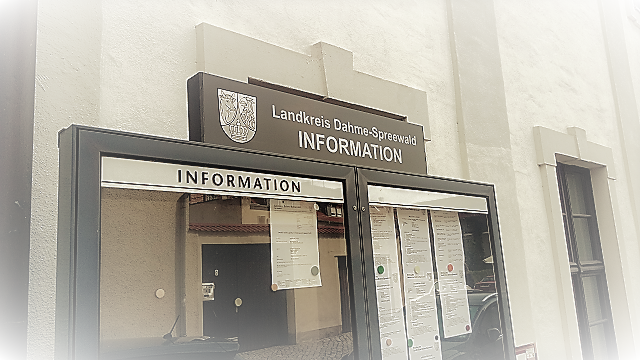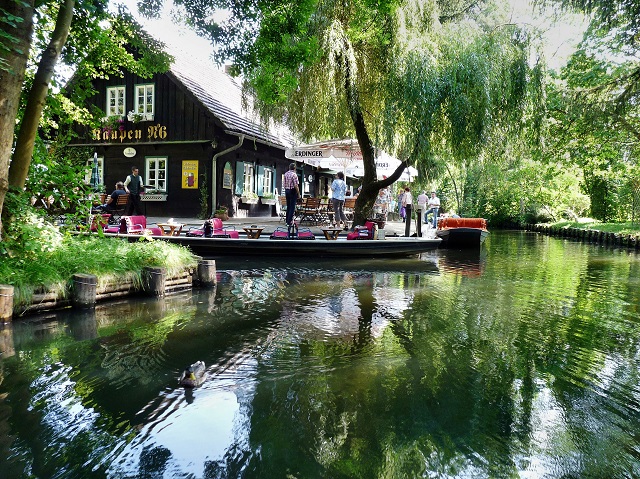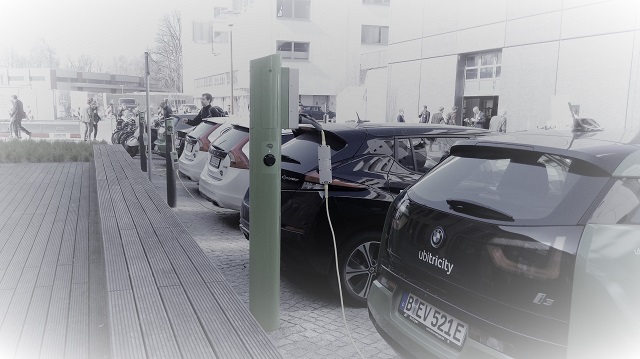Process support for the modification and adaptation of the Living Environment Oriented Spaces (LOR) as a small-scale planning basis Project description Since 2006, the "Living Environment Oriented Spaces" (LOR) have formed the "spatial basis for planning, forecasting and observing demographic and social developments in Berlin"[1] in the context of the Berlin-Brandenburg Regional Reference System of the Office for Statistics [...].
Data supply and availability for leisure transport destinations
Hebes2019-11-15T13:29:50+01:00Project description The Berlin Senate Department for the Environment, Transport and Climate Protection (SenUVK) regularly models the status quo of Berlin's traffic and, based on this, forecasts future traffic development. A valid traffic model requires a structured data basis. This is available to the SenUVK. With a view to a new modelling cycle [...]
Study for a cross-thematic and cross-national axis development concept in the "North-Eastern Region" of Berlin and the surrounding area
Hebes2021-07-09T10:40:41+01:00Project description The study for a cross-thematic and cross-state axis development concept in the "north-east region" of Berlin and the Berlin hinterland deals with the Wandlitz settlement axis. It is part of the settlement star according to the Landesentwicklungsplan Hauptstadtregion Berlin-Brandenburg (LEP HR). The axis includes parts of the municipality of Wandlitz and the district of Pankow. The Wandlitz axis thus represents a [...]
Municipal data requirements New Mobility Services
Hebes2019-08-29T11:16:54+01:00Project description New Mobility Service (NMS) providers can be found in many German cities, offering their vehicles for sharing as part of the Mobilty as a Service (MaaS) economy. These include, for example, car sharers, bike sharers and now also e-scooter sharers such as Jump, SHARE NOW, Mobike and Lime. The municipal approach to these shared [...]
tourist hotspot investigation
Hebes2020-01-10T14:03:51+01:00Project description Berlin is growing. Not only the population in Berlin has been rising dynamically for years. Visitor numbers have also shown steady growth for over 15 years. Tourism growth is an increasing topic of urban development planning in municipalities and districts. For some years now, New Urban Tourism has played a [...]
Dashboard creation Mobile data
Hebes2020-01-10T14:05:43+01:00Project description Knowledge-based planning and mobile radio data belong closely together. Mobile phone data is playing a decisive role in more and more areas of life when it comes to planning. Private and municipal actors use this Big Data for their analyses and strategic decisions, for example in the retail sector, in the mobility sector and increasingly also in tourism. The [...]
District development concept for the district of Dahme-Spreewald
Hebes2024-06-27T07:17:47+01:00Project description The Brandenburg district of Dahme-Spreewald (LDS) initiated a study in mid-2018 for the development of strategic goals for the southern region. As a logical consequence and further development of the insights gained in this study, a strategic framework for the entire district is now being developed in the form of the district development concept (KEK). In the process, the scope is clearly [...]
Bikesharing-Berlin
Hebes2019-06-25T09:10:54+01:00Project description Rental bike systems can be found in more and more cities/agglomerations. Private providers and provider communities make bicycles available for shared or alternating use in the sense of the sharing economy. Both station-based systems and free-floating approaches are used. Often the offers are limited to city centres, sometimes there are [...]
Study to determine the needs for housing, skilled labour and infrastructure in the southern communities of the district of Dahme-Spreewald
Hebes2024-06-27T07:25:56+01:00Project description The Brandenburg district of Dahme-Spreewald (LDS) is spatially and structurally characterised by a broad diversity. On the one hand, there are communities in the north that profit from the population and economic growth of the Berlin metropolitan region. On the other hand, there are municipalities in the south that primarily earn their living from tourism, but otherwise have [...]
Charging infrastructure Berlin
Hebes2019-06-25T09:11:37+01:00Project description We are still a long way from the original target of 1 million electric vehicles in Germany by 2020. Nevertheless, registration numbers are rising, especially in the big cities. People seem to be increasingly willing to seriously consider buying electric cars. That is [...]
